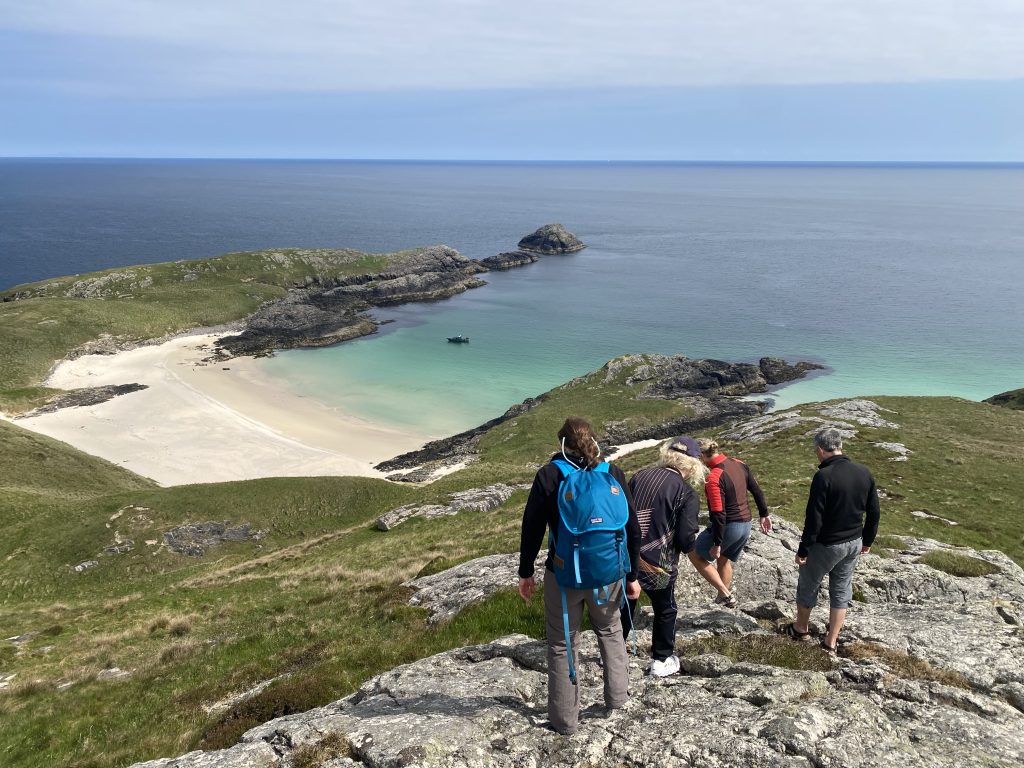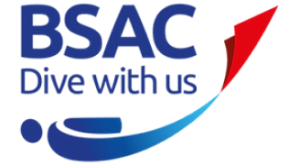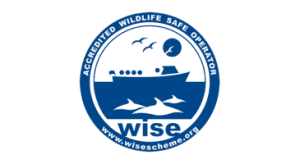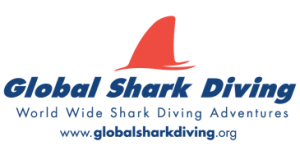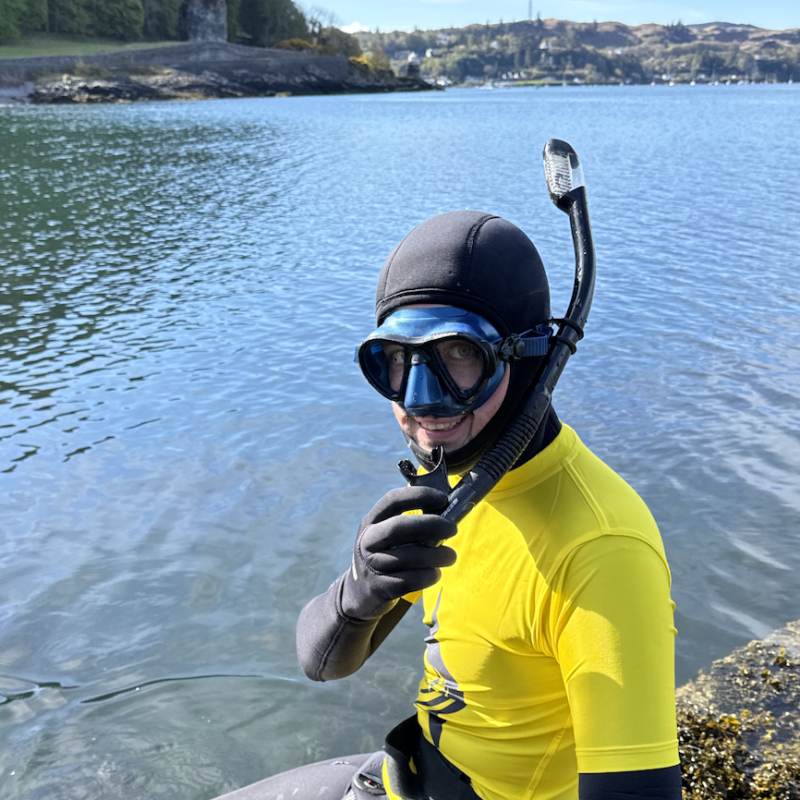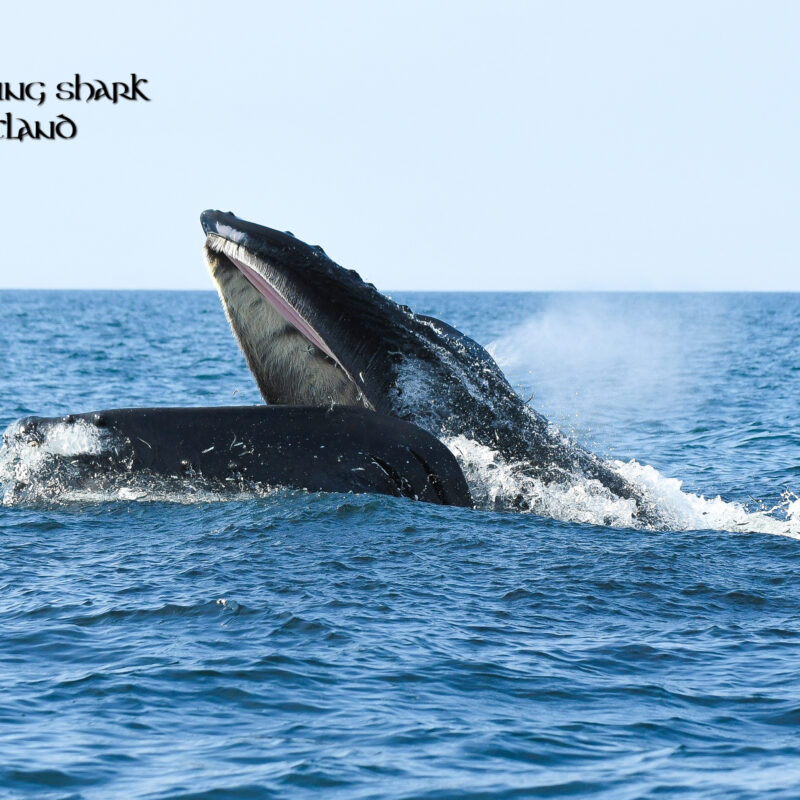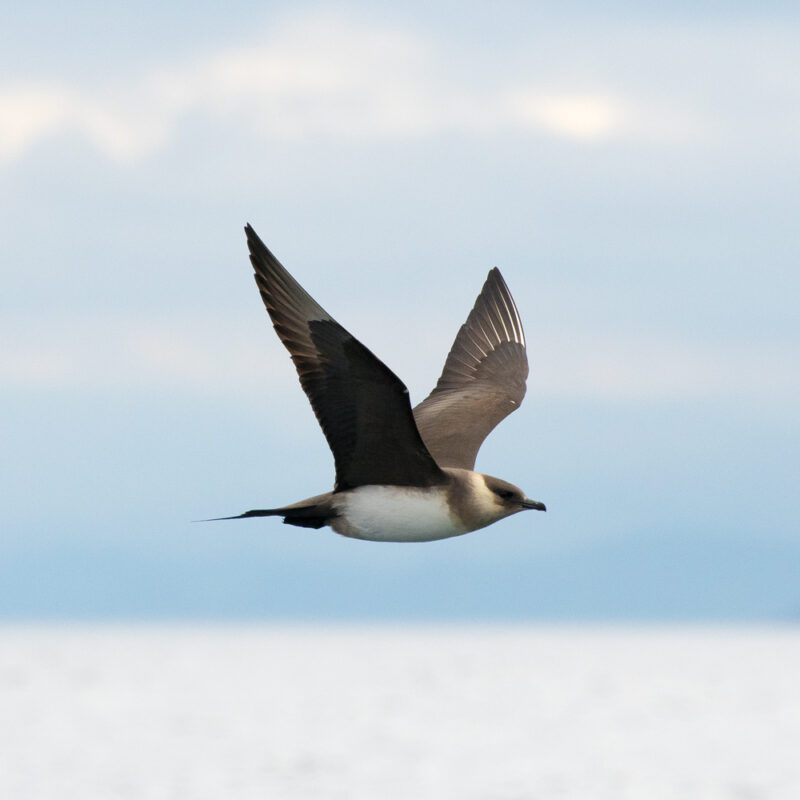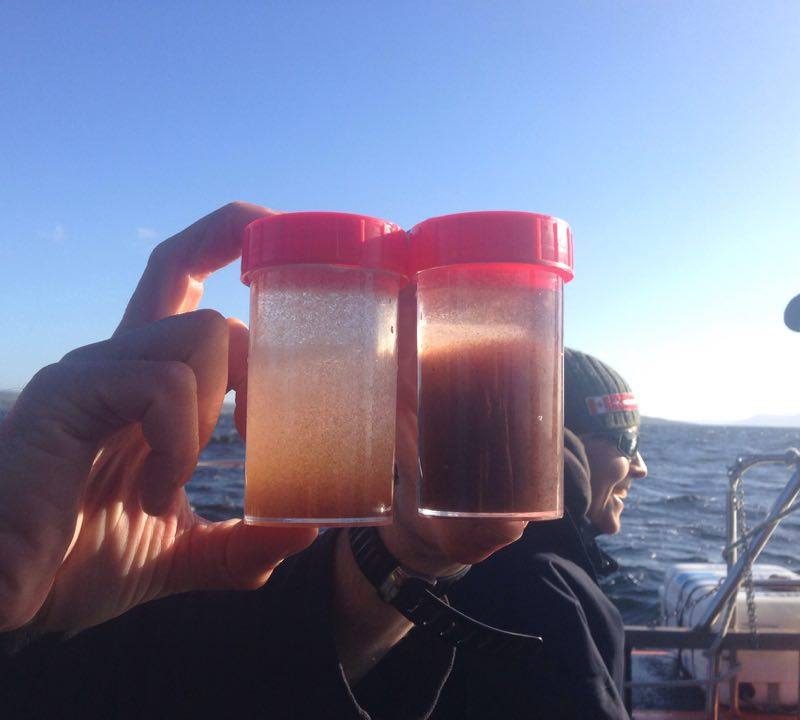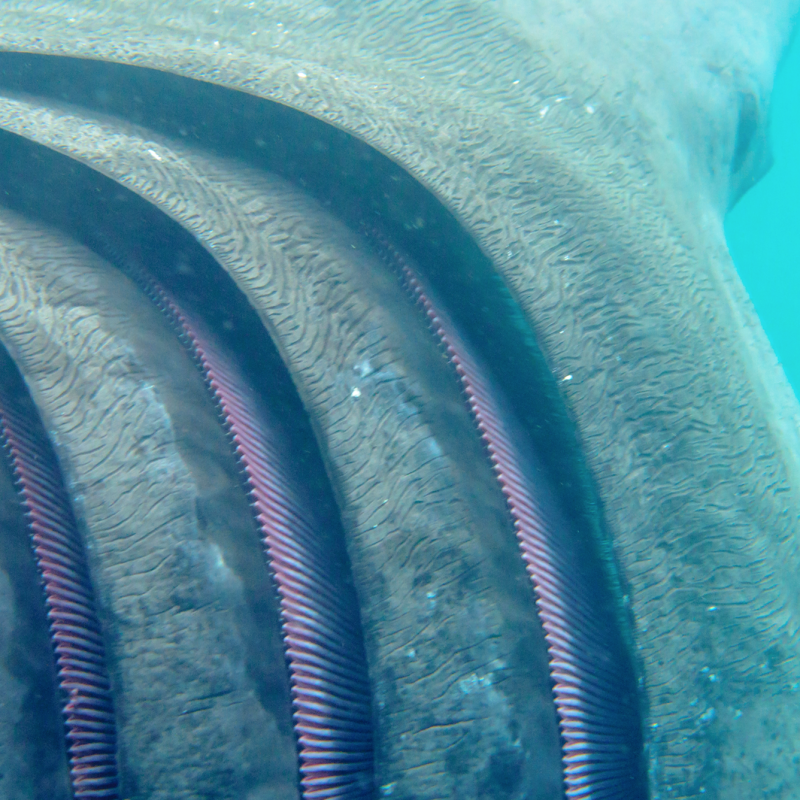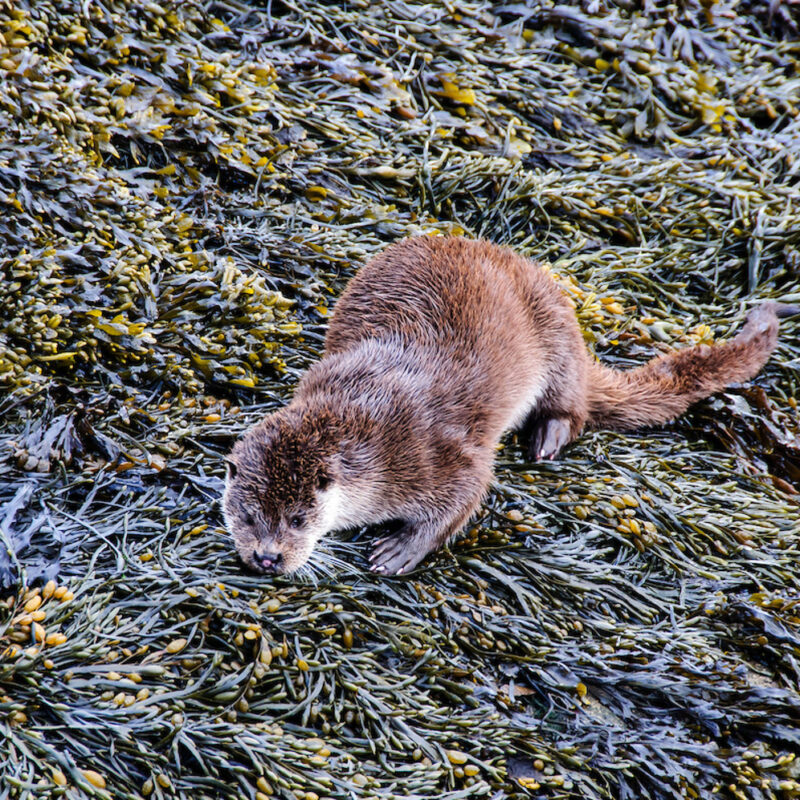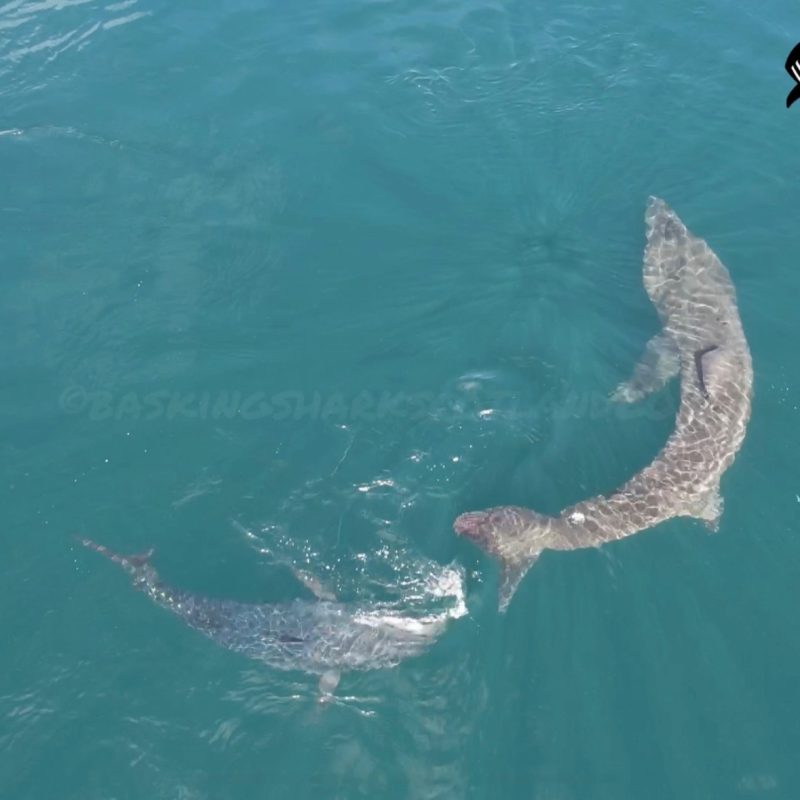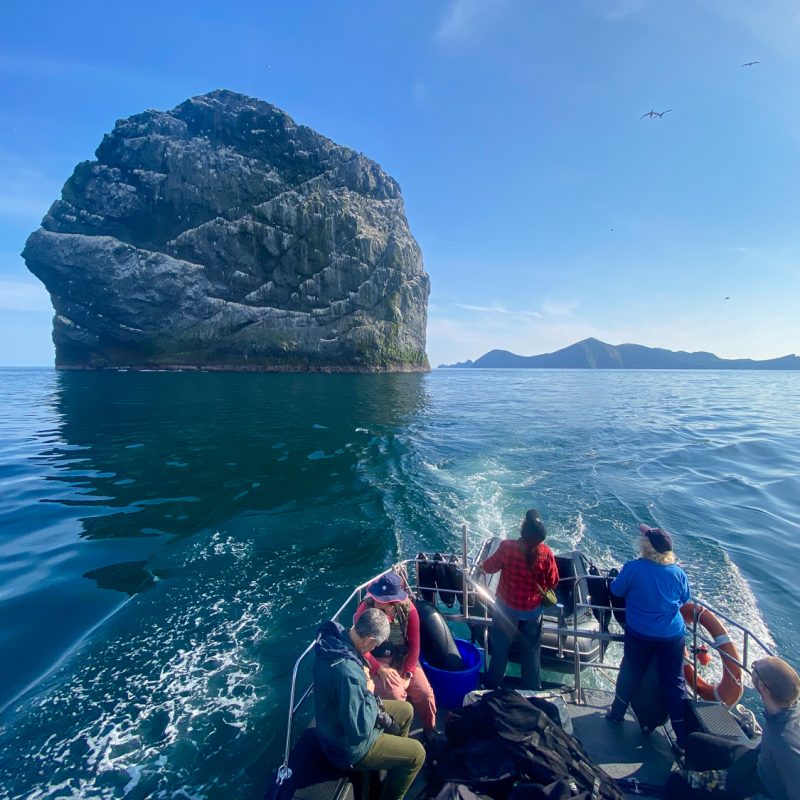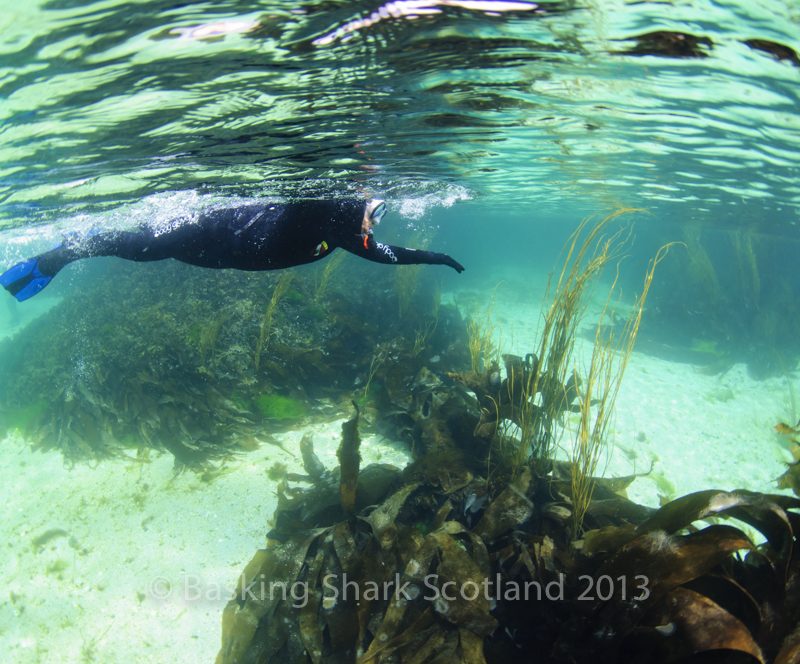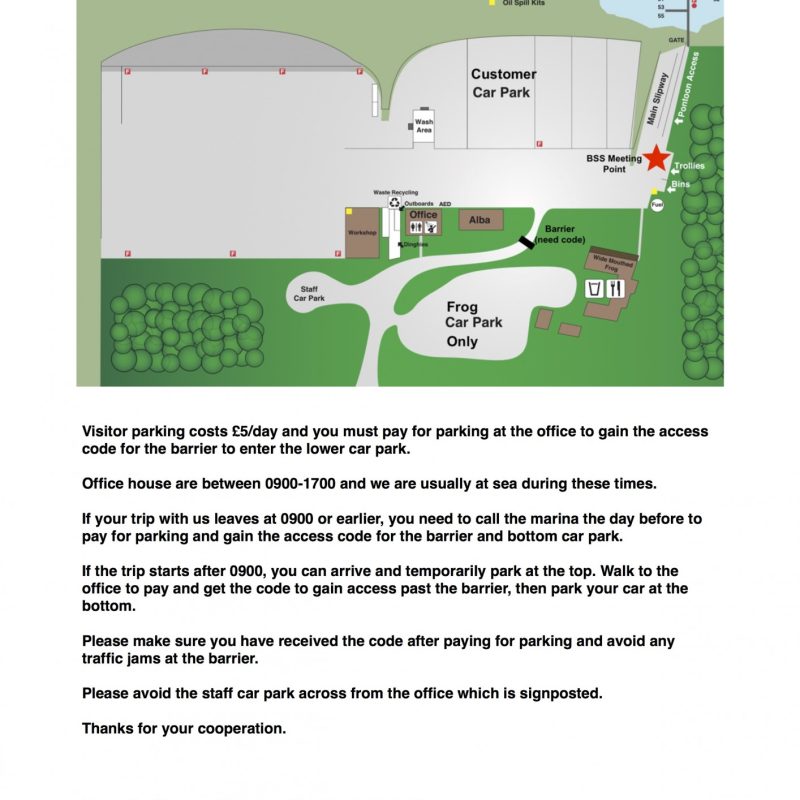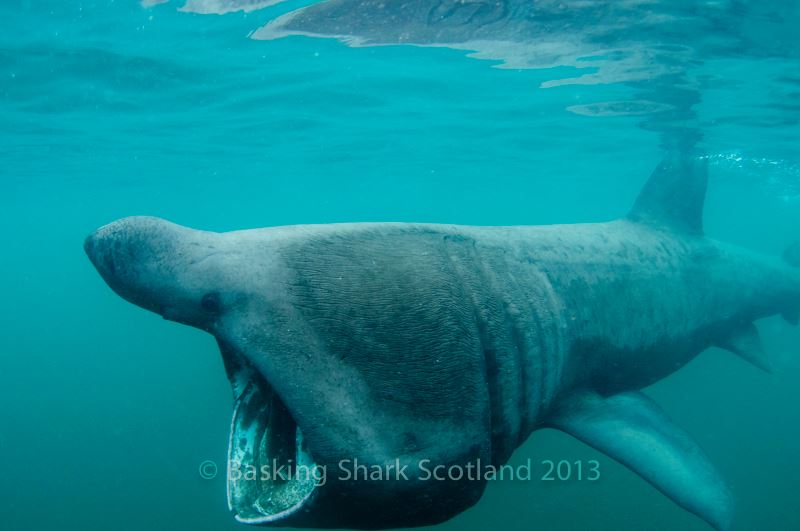
code of conduct
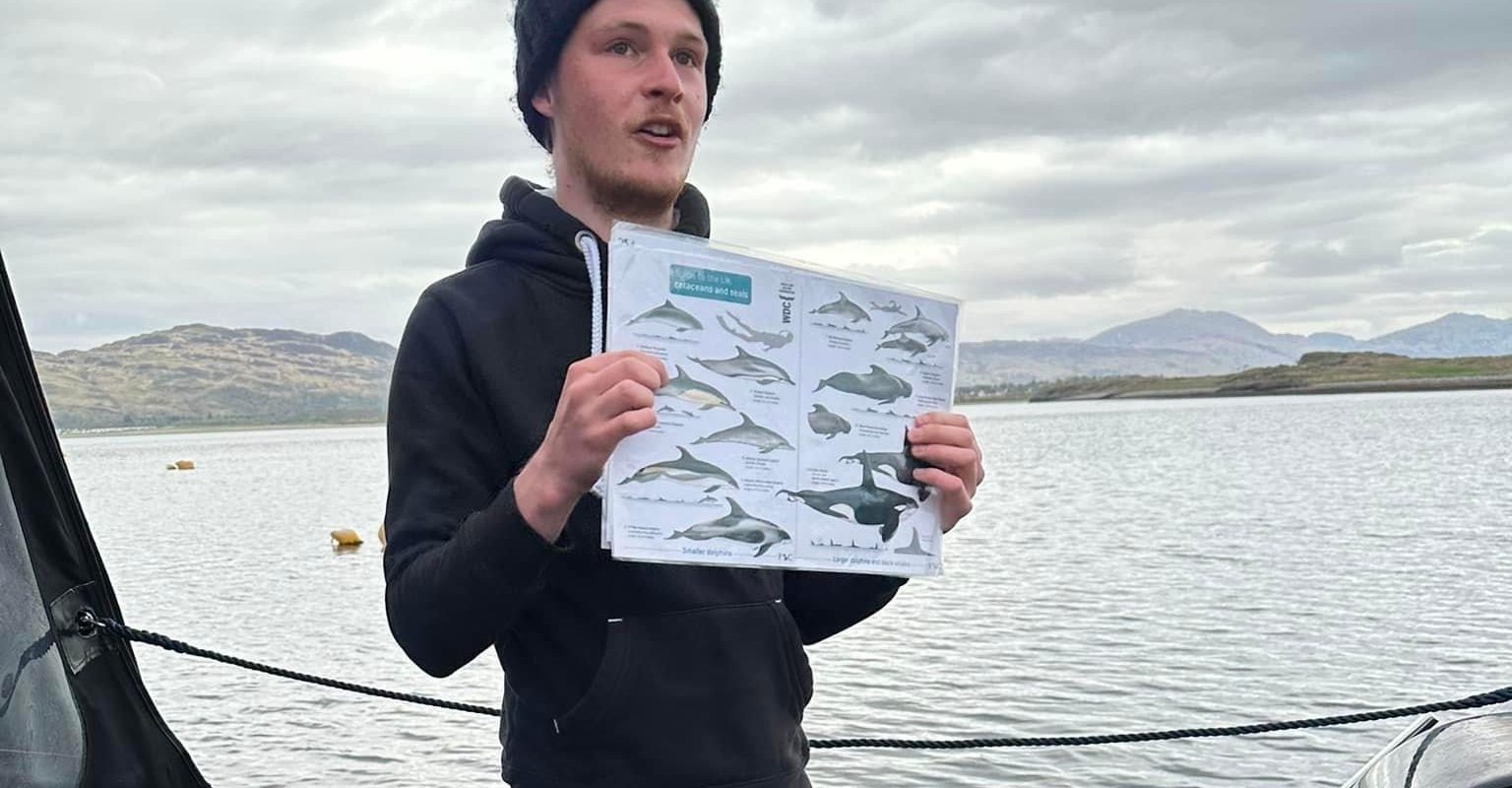
code of conduct
The Sea of the Hebrides is the only Marine Protected Area (MPA) for basking sharks in the world. Basking Sharks are listed as an endangered species by the International Union for Conservation of Nature (IUCN) and as such, it is important to interact with the sharks with a responsible, experienced and knowledgeable team.
Over the past decade, we have developed our own Code of Conduct for encountering the sharks to ensure their welfare & protection. This practice ensures both shark and customer safety which is our highest priority and allows you to get the best chance of a memorable experience. Seeing the giant fin of a basking shark from the surface is an incredible experience in itself. Your skipper will carefully observe the shark’s behaviour before you enter the water. Not all sharks will welcome an encounter with us. Your guide will explain to you the best way to encounter sharks on all tours.
Please help us to protect this incredible species by following our guidance. In a small group of 4, you and your guide will silently slip into the water and gently float whilst watching these incredible animals pass you by.
To ensure the success of this non-aggressive low impact encounter we do not allow SCUBA, flash photography or any touching of the sharks.
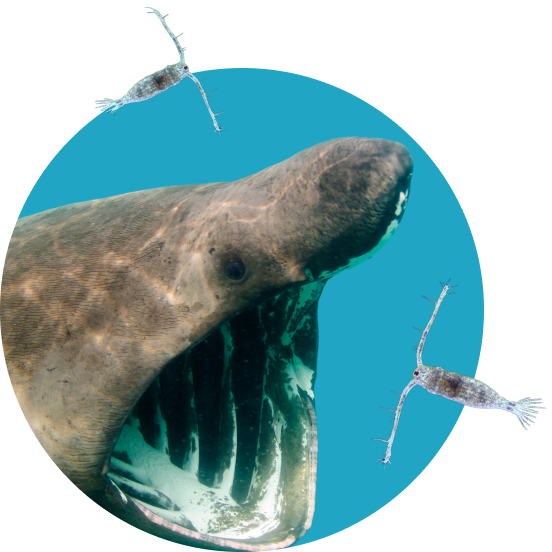
Shark Trust code of conduct
If you are lucky enough to spot a shark please make sure to follow the Shark Trust code of conduct and don’t forget to report your sightings.
This highly specialised activity should not be undertaken independently, or with operations without professional experience and knowledge.
Marine Mammals
The sea of the Hebrides is not only home to basking sharks it is also home to a wide variety of incredible species, many of which are protected in these waters. We ensure that seals are not disturbed in their own habitat and we are particularly sensitive around haul-out sites and keep our distance during pupping season. We ensure that all marine mammals dictate the encounter with us – interacting with them is always on their terms.
It is not legal to swim with cetaceans (whales & dolphins) in the UK.
Our aim is to enjoy our marine wildlife and environment, whilst educating people to preserve it for future generations.
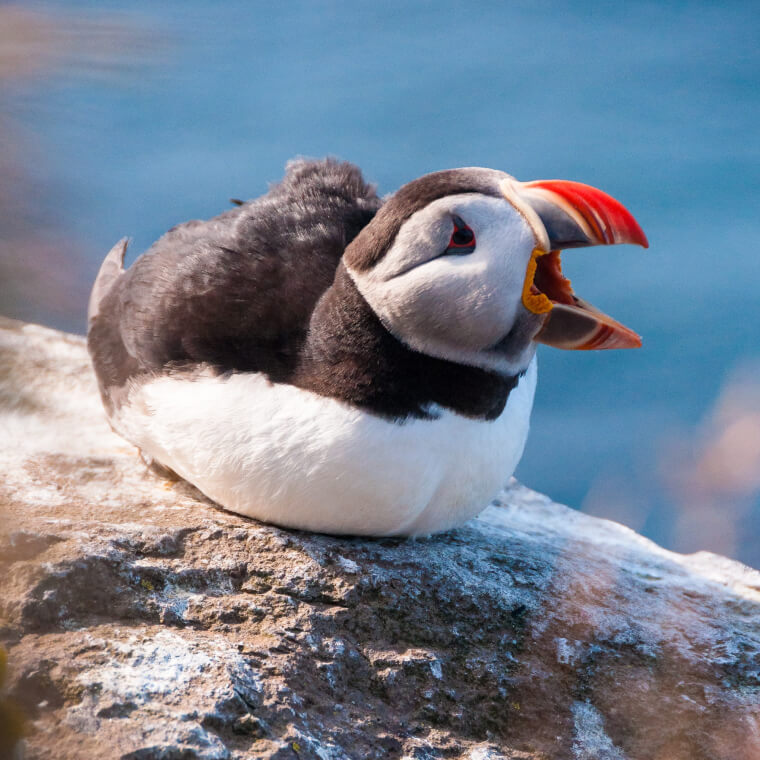
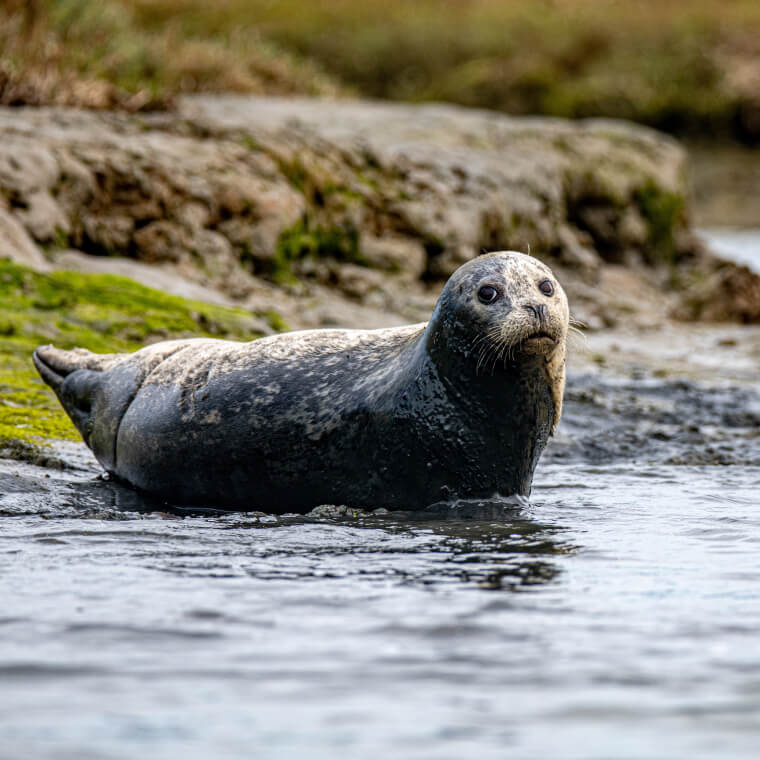
Puffins & Seabirds
Puffins come to land each year in the spring and stay until the end of July. During this time thousands of seabirds come to the Isle of Lunga, in the Treshnish Isles Site of Special Scientific Interest. As such, we pride ourselves in offering guided tours to ensure that this island is treaded upon lightly. Nesting areas are not clear to visitors, and it is essential you visit with a specialised guide.
We ensure that the birds are given space and respect for their delicate nesting areas.
For this reason, we do not allow dogs in this special area of conservation.
Island Landings
The Hebrides are a special natural wonder, with habitats that are found nowhere else in the world. When visiting any island we take our utmost care to minimise impact, ensure that it is preserved for future generations and the wildlife that inhabits it.
We follow the guidance of the Scottish Outdoor Access Code, to visit these places responsibly.
Find out more about our credentials here.


